CHEVERLY, Md. — On a recent muggy July evening in Cheverly, Maryland, the “Well-Read Moms” group gathered in the cool of Rose Church’s living room, with its William Morris-tiled fireplace, floral rug and furniture, and small San Damiano cross hanging on the wall.
Amid the happy clutter that comes with raising young children — a baby’s bassinet and changing table, picture books, blocks, and a retro Fisher-Price family farm set — the women discussed Elizabeth Gaskell’s novel Ruth, while sipping tea from a delicate bone china tea set. A charcuterie board and sugar-crusted pound cake sat just out of reach of the two toddlers in attendance.
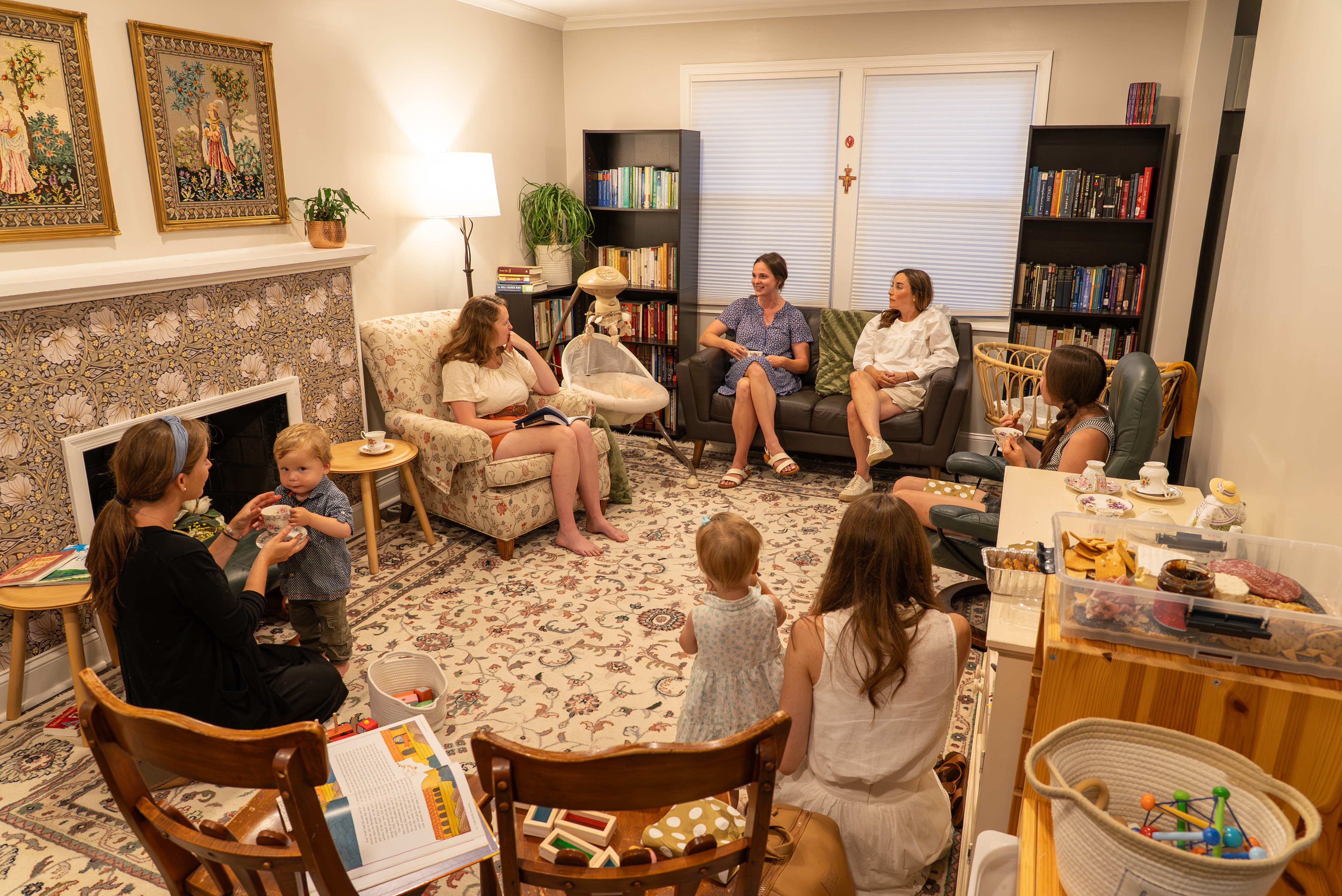
A few days later, the women’s husbands met around a backyard firepit for their book group, over cigars, scotch and conversation about C.S. Lewis’ The Screwtape Letters.
The book groups are just a slice of everyday life within the town of Cheverly, a Maryland enclave where a small intentional Catholic and Christian community has put down roots just 20 minutes from the U.S. Capitol, part of a trend being witnessed elsewhere.
In many cities and communities across the country, traditional strongholds of Catholicism are contracting as postindustrial cities have hollowed out, and more Catholic parishes that once served immigrant workers there have had to merge or close for good.
But the story of Catholicism in the U.S. doesn’t end there. At the same time, newly created Catholic hubs — sometimes referred to as “intentional communities” — are sprouting up in other parts of the country.
In some places, there is concrete evidence of growth: new parishes, new apostolates and new Catholic schools, for example, or a surge in Mass attendance or the number of new seminarians and newly ordained priests.
In other, smaller hubs, communities conducive to Catholics who take their faith seriously have grown organically as families who place a premium on forging friendships, convivial neighborhoods and vibrant, welcoming parishes attract others with similar values. Aided by the advent of remote work that came with COVID, Catholics are seeking to relocate to places like Rod Dreher described in his 2017 best-selling book, The Benedict Option, which urged Christians to shield themselves from the West’s prevailing secularist culture by building strong communities in which to raise their families.
Some, especially those with ties to university life, like the ones in Steubenville, Ohio, and Ave Maria, Florida, are predominantly Catholic. Cheverly, on the other hand, has a distinctive “ecumenical” flavor, the Catholics interviewed for this story stressed.
“There is a pocket of very intentional Christians here,” Kate Fowler, a home-schooling mother of three, told the Register. “There is a really beautiful mix of very faithful Baptists, Presbyterians, nondenominational folks, Anglicans and Catholics.”
Founded in 1918 as a subdivision to serve federal workers with its promise of a short commute by rail (“10 cents and 12 minutes to downtown Washington, D.C.,” the developers advertised), Cheverly is today home to a diverse population of 6,000. Just over one square mile in size, and bordered on all sides by highways and major roads, it feels cut off from some of the more economically distressed areas surrounding it.
In recent years, the town has attracted a growing group of young Christian families, many of whom work in downtown Washington, who are drawn by the relative affordability of its housing stock, its proximity to the city, and, most of all, by the presence of others who share their beliefs and values and see raising children well as essential to their vocation as Christians.
According to some accounts, there are only about 100 of these committed Christian families — a tiny fraction of the town’s population — but to say they are a “tight-knit community” would be an understatement.
On any given week, there is usually more than one gathering that brings them together.
Many of the families home-school their children (others send them to St. Jerome Academy, a classical Catholic school in Hyattsville), and on weekdays, the mothers might meet at one of the town’s four parks. The kids might recite poetry or explore the woods while their mothers talk, or if it’s a feast day, they might all head to St. Ambrose Catholic Church for Mass.
It’s not out of the ordinary for a family to invite a dozen or more families over for a casual dinner or send out a text in a group chat to meet at a park for pizza. The Solemnity of the Sacred Heart was the occasion for a big backyard party this June — just one of several “liturgical gatherings” held throughout the year.
A group of dads meet at 5:45 a.m. for a morning prayer group also known as “St. Hyacinth Rides Again,” which John Shelton, a regular participant, said honors “the patron saint of weightlifters” (although Shelton has his doubts whether there is such a patronage).
One couple recently hosted a series of “liturgical talks” given by a Dominican priest but aimed at an audience that wasn’t exclusively Catholic. This June, in what has become an annual tradition, as many as 20 families (and their babies and young children) from the Christian community went on a camping trip to Cunningham Falls State Park for a few days of fellowship.
You wouldn’t know it by looking at it that Cheverly could be a springboard for the community. At first glance, it doesn’t look very different from many other suburbs in Maryland — or anywhere in the U.S., where neighborhoods were zoned for houses, but not for businesses.
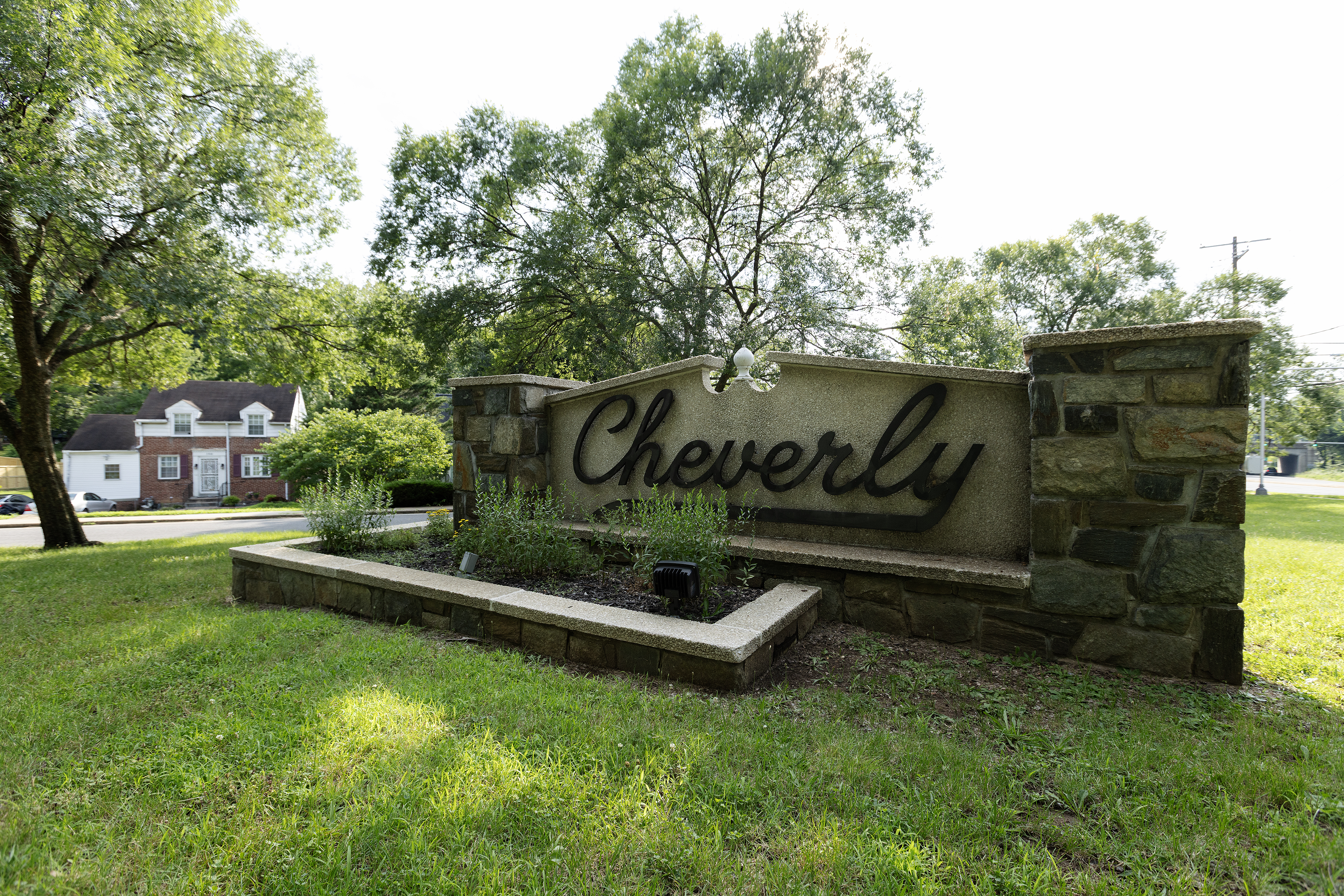
Idyllic Borough
The town’s winding streets are dotted with 1940s brick colonials and Cape Cods and split-level homes from the ’60s, nestled under a canopy of mature trees. There’s a handful of stately Sears catalog-kit homes, built when the town was first settled in the 1920s. But, aside from a small industrial park whose tenants include a Pepsi-Cola distributor, a wholesale supplier to Asian restaurants, and a commercial printer, there’s no retail. There are no grocery stores, no coffee shops, no restaurants and no gyms — none of the usual gathering spots that signal to young adults today that they can find a sense of belonging there.
What Cheverly does have is relatively affordable houses, with prices averaging around $500,000 for a three-bedroom home — less than it costs to buy a house in other close-in communities in the Washington area, including Hyattsville, the Catholic intentional community made famous in The Benedict Option. Some of the Catholics who have settled in Cheverly in recent years told the Register that they only discovered Cheverly after getting priced out of Hyattsville’s housing market.
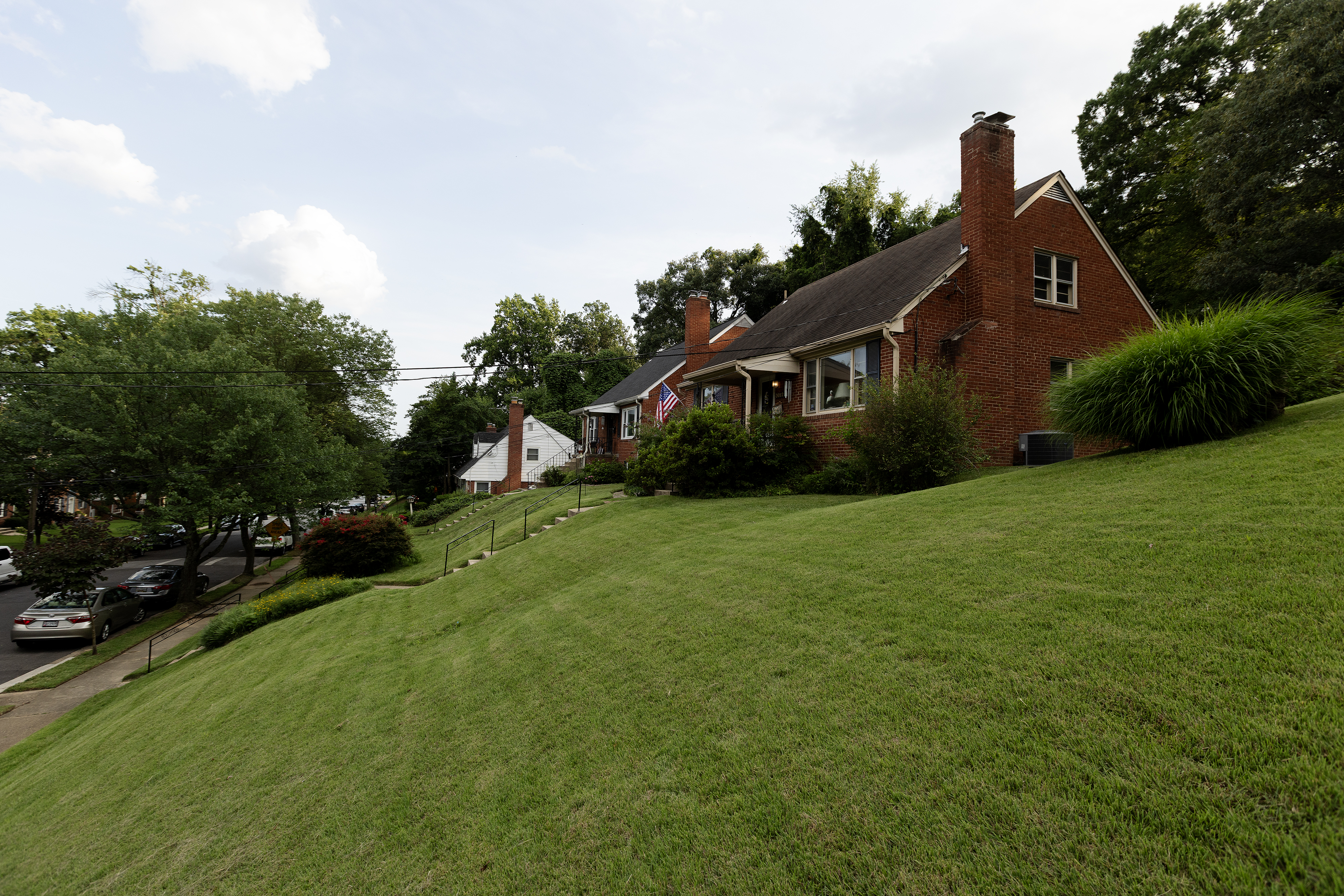
But once these couples settled down in Cheverly, they never looked back. When the Fowlers rented a house here 10 years ago, they weren’t sure if they would stay.
“But we were very pleasantly surprised by just the organic nature in which friendship and relationships started developing,” Kate said. “We just started developing these really good friendships with Catholics and non-Catholics alike. There was just this authenticity here and this really down-to-earth environment that we found.”
Word spread among their friends and acquaintances, and — with the help of the Holy Spirit, Kate said — more families began to move to Cheverly. Today, the Fowlers are expecting their fourth child and have many friends and families in the same familial boat. “I have eight friends who are pregnant,” she marveled.
These families, representing various Christian denominations, have developed friendships and often attend each other’s baptisms and first Communions and church events like the annual spaghetti dinner at St. Ambrose’s.
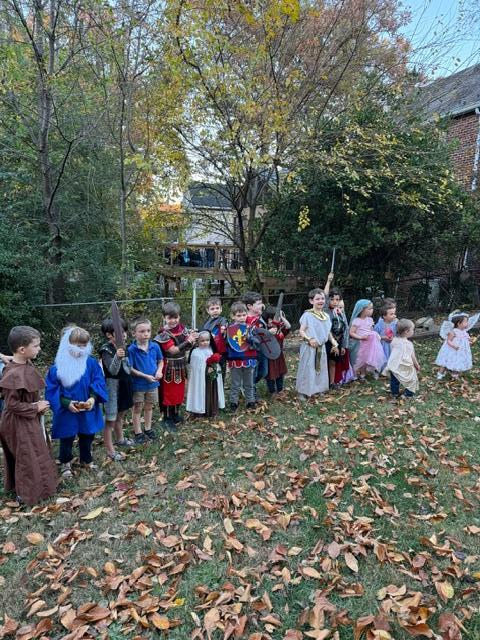
“Yes, there are theological differences, but I think in this day and age, you really need that support and other people that are committed to marriage and family and to raising their children in the faith, to love Jesus, to love Scripture, and to live in a way that’s a little bit countercultural,” Kate said.
One area where they’ve decided to go against the cultural grain is in their approach to technology. Last summer, some of the members of the Christian community, inspired by The Anxious Generation: How the Great Rewiring of Childhood Is Causing an Epidemic of Mental Illness by Jonathan Haidt, started a discussion about the importance of maintaining a united front that ended with a tacit agreement to hold off on giving their kids smartphones until they are 14 years old.
“We’re willing to begin as a community to make these choices together,” Amy Quinn, a member of the Well-Read Moms book group, told the Register.
She and her husband Andrew moved to Cheverly four years ago from Capitol Hill and are expecting their fourth son this year. While their children are too young for phones, she said, many people in this community have chosen not to give their kids any screens at all.
“I don’t know anyone who has video games,” she said.
“I don’t fear when I’m sending my kid over to someone else’s house that they’re going to put a movie on. It just never happens, which gives us a lot of freedom and just peace as a parent to be like, ‘You can go over to any of these kids’ houses,’” Quinn added.
That “takes a village” mentality is also what Nicholas Fedyk, who has lived in the town since 2018, values most about living in Cheverly.
“The thing that binds us most closely together is the fact that we all have kids and we want to raise our kids in more or less the same way,” said Fedyk, who with his wife Lindsey has four young children.
“When the kids are such good friends and the parents are such good friends, sometimes you don’t need to explicitly say everything for it to be understood,” he added.
Intentional Community
By all accounts, the intentional Christian community in Cheverly makes a point of being there for each other in times of need, whether that means lending a hand to a family who recently had a baby or just making borrowing a cup of sugar a normal thing.
Shelton, his wife Katelyn and their four children are relatively recent residents of Cheverly, having moved there in the fall of 2024. It didn’t take long, he said, to become a part of the community.
In recent weeks, he said, those community bonds were really put to the test: Their house was flooded, and on two separate occasions, two members of his family had to go to the emergency room.
“Friends took the kids, brought meals, dropped off fans, went and picked up tools to further dry out the basement,” Shelton said. “It was further proof that Cheverly is amazing, as many friends and neighbors rallied to help us out.”
Rose Church and her husband Tanner moved to Cheverly from Hyattsviille three years ago, drawn by its affordability and the impression she got from playdates she had there that it was a welcoming place.
She credits the town-sponsored activities and events and traditions for creating an environment conducive to forming a community. Cheverly may look like a classic subdivision, but it doesn’t take long to pick up on its small-town charm.
For one thing, it has its own mayor and town council, unlike other suburbs in the Washington area that are unincorporated and fall under the jurisdiction of the county in which they’re located. What this means in practice is there are a lot of things going on that bring the community together.
The list is long and varied. There’s a biweekly farmer’s market, a Cheverly Day and Public Safety Day (the highlight is a helicopter landing on the town’s playing field). For the holidays, residents come out for the lighting of the town Yule log. And there’s Cheverly Prom, an adults-only celebration held in the town gym (which shares space with the town administrator, town clerk, and police, public works and youth development departments).
There are playgrounds, ball fields, both indoor and outdoor basketball courts (“Old Man Basketball” is popular among the 35-plus crowd), and soccer and T-ball for the kids. The Cheverly Pool has a seven-year waiting list for new members. On a recent 100-degree day, the only residents seen venturing outside their homes were those walking their dogs and those headed for the pool, with rolled-up towels tucked under their arms.
All these town activities have made it very easy to be social.
“Even though Cheverly itself is a secular place, it’s acknowledging the good of a close-knit community. So any attempt to have an intentional Catholic or Christian community can piggyback on the natural good that’s already there,” Church said.
If there’s one fly in the ointment, it might be the town’s listserv, according to Shelton.
“Trouble in paradise,” he said. “Anytime anything political happens on it, it becomes quickly very, very bad,” he said.
An article that ran in The New Yorker last fall, highlighting the Christian community in Cheverly, and noting some of its members’ involvement in conservative politics, sparked a period of unpleasantness, he said.
Some members of the listserv, he said, felt like the article created a false impression that this community was representative of the people of Cheverly. Strictly speaking, they were right: 82% of Cheverly residents voted for Kamala Harris in 2024.
For many members of this Christian community, the town’s virtues outweigh any drawbacks. In Church’s case, living so close to her friends and other home-schooling families has been a game changer.
“It makes all the difference whether you can just walk across the street to meet friends at the playground versus having to load everyone up in the car and drive 15 or 20 minutes away,” she explained.
And men benefit from Cheverly’s densely populated tight-knit community as well.
“That’s a really special feeling when you’re having some guys over to have a hangout or a reading discussion, and you can just walk out your front door at 8 p.m. after you put the kids to bed, and by 8:10 you’re ringing the doorbell at your buddy’s house,” Fedyk told the Register.
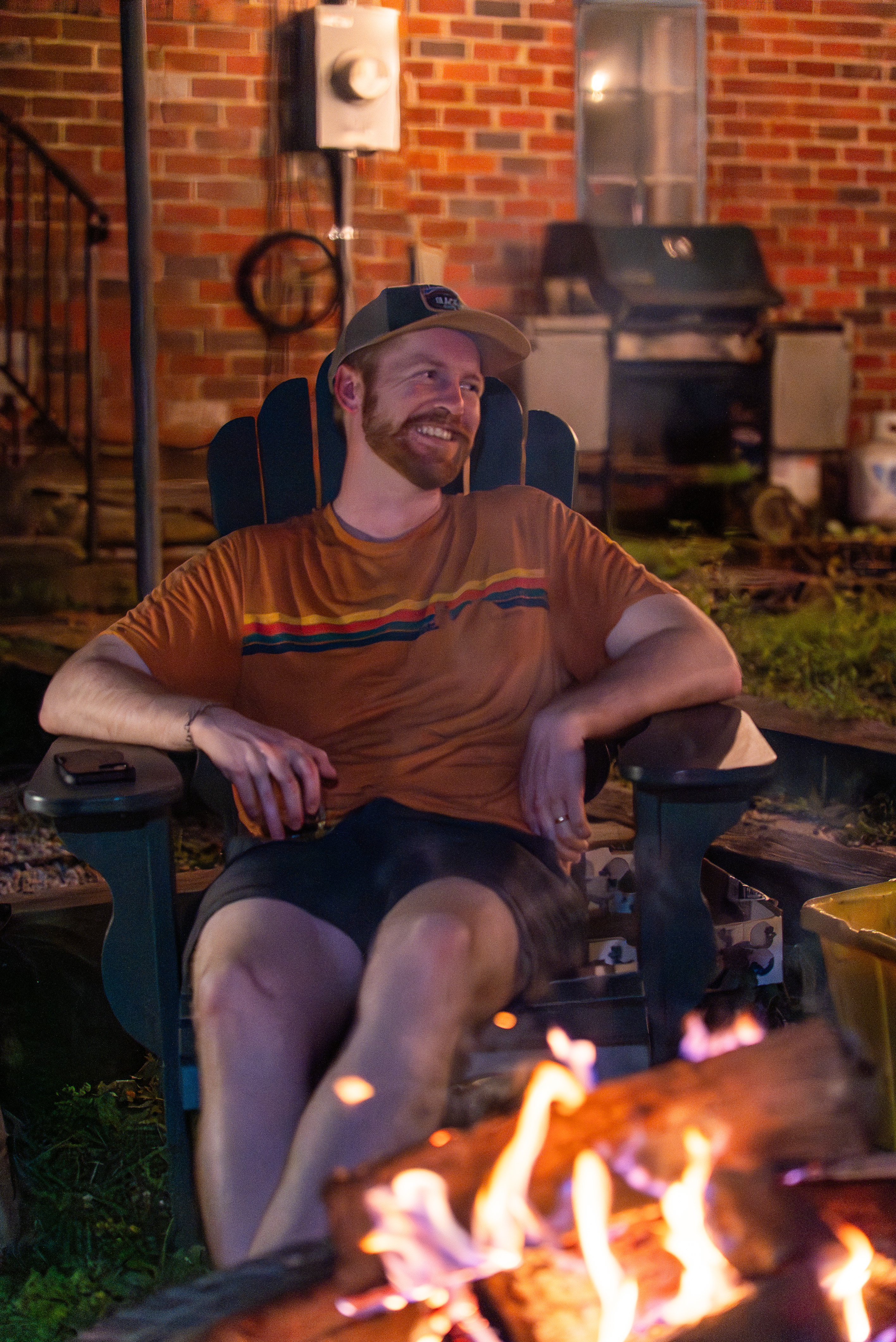
For the Catholics among this community, life doesn’t revolve around their parish. While many are members of St. Ambrose’s, located in Cheverly and home to a large and active Hispanic congregation, others attend daily Mass and adoration there but head to churches outside of Cheverly on Sundays.
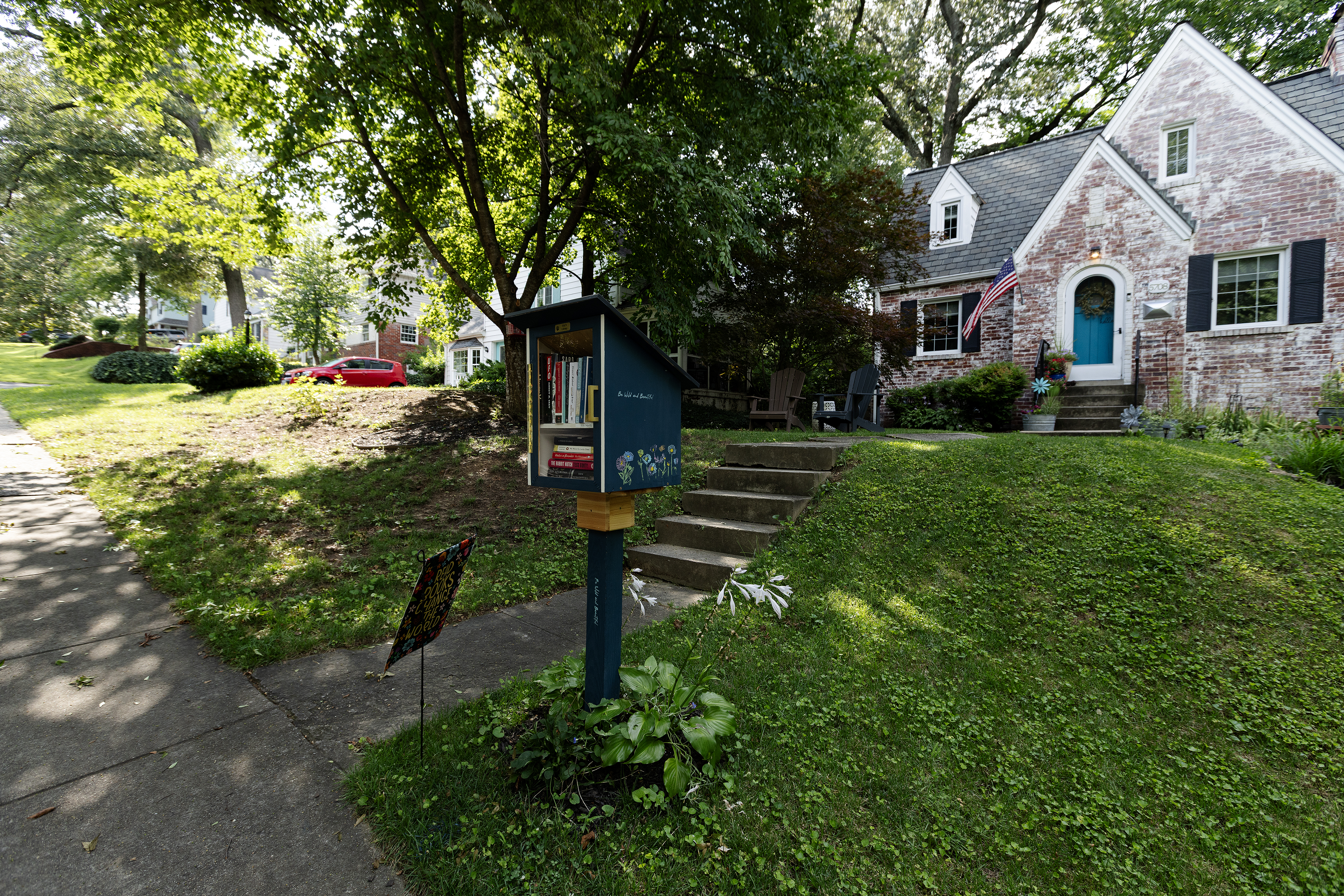
Coming Home
Jamie Pugliese was born and raised in Cheverly, attended St. Ambrose’s school, and was confirmed there. After moving away — and drifting away from the faith — she returned to her hometown with her husband Joe.
Today, she’s back in the fold and teaches religion at St. Ambrose, inspired in part by her husband’s decision to become a Catholic. Something special is happening in Cheverly, she told the Register.
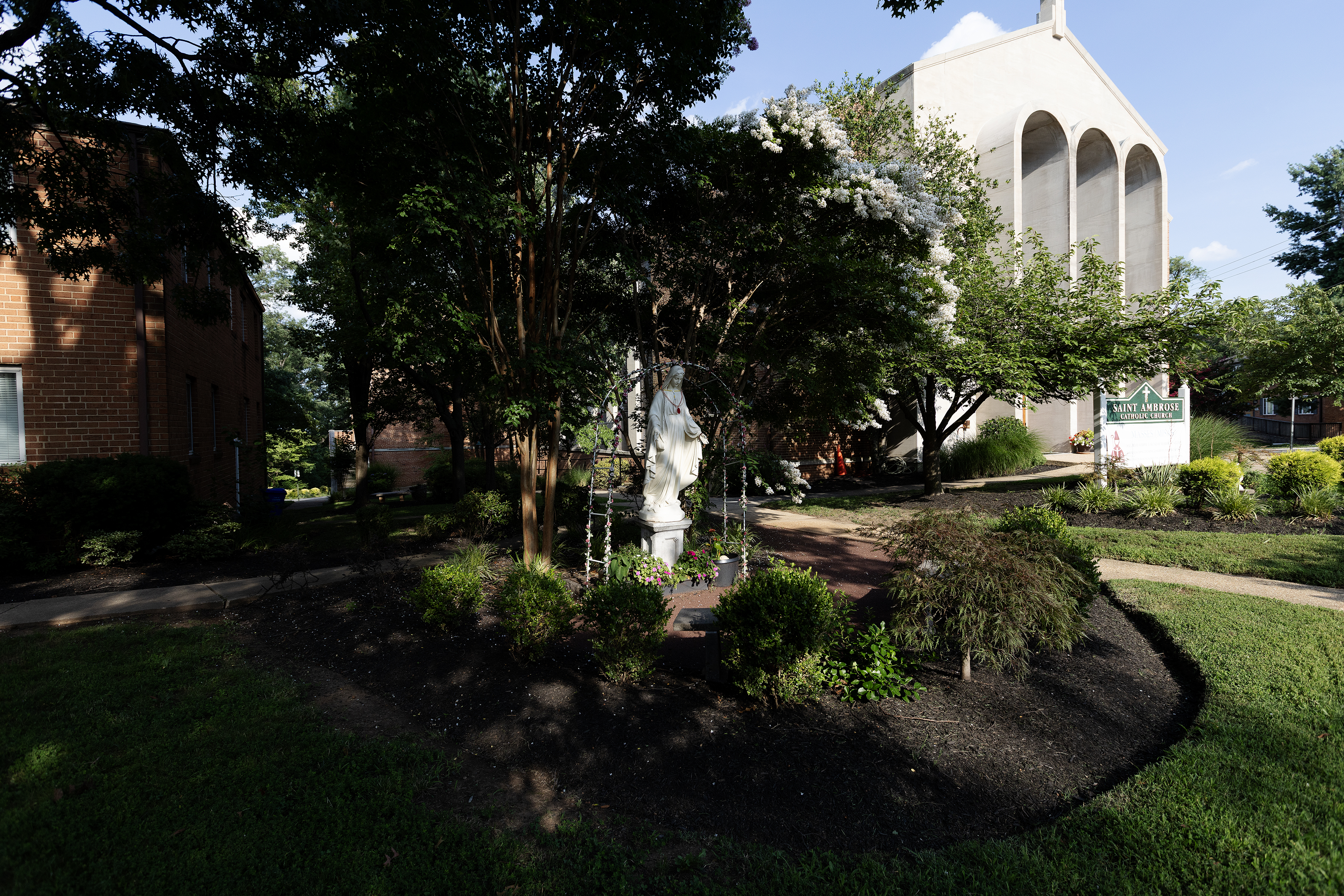
“I think all of us, especially those of us with young kids, we’re all looking for people with shared values, Christ-centered, God-centered values, and everything that comes from that, like living the way of the Gospel and instilling that in our kids. I think Cheverly is drawing those families in,” she said.
She said there’s been a shift since the days when she was growing up in Cheverly.
“I think when I was younger, people who are practicing Catholics, some of it was maybe just cultural and not actually, truly living out the faith,” she said.
“I’m seeing people now coming with this desire to truly live out the faith, whether they’re Catholic, Anglican, Lutheran, whatever,” she said.
“They’re searching for meaning. And it’s very exciting to be around.”
Do you live in or know about an emerging Catholic community we should feature in our series? Send us an email at [email protected].

